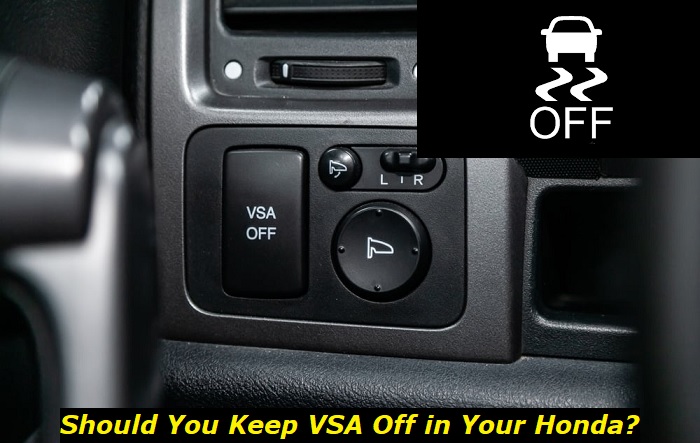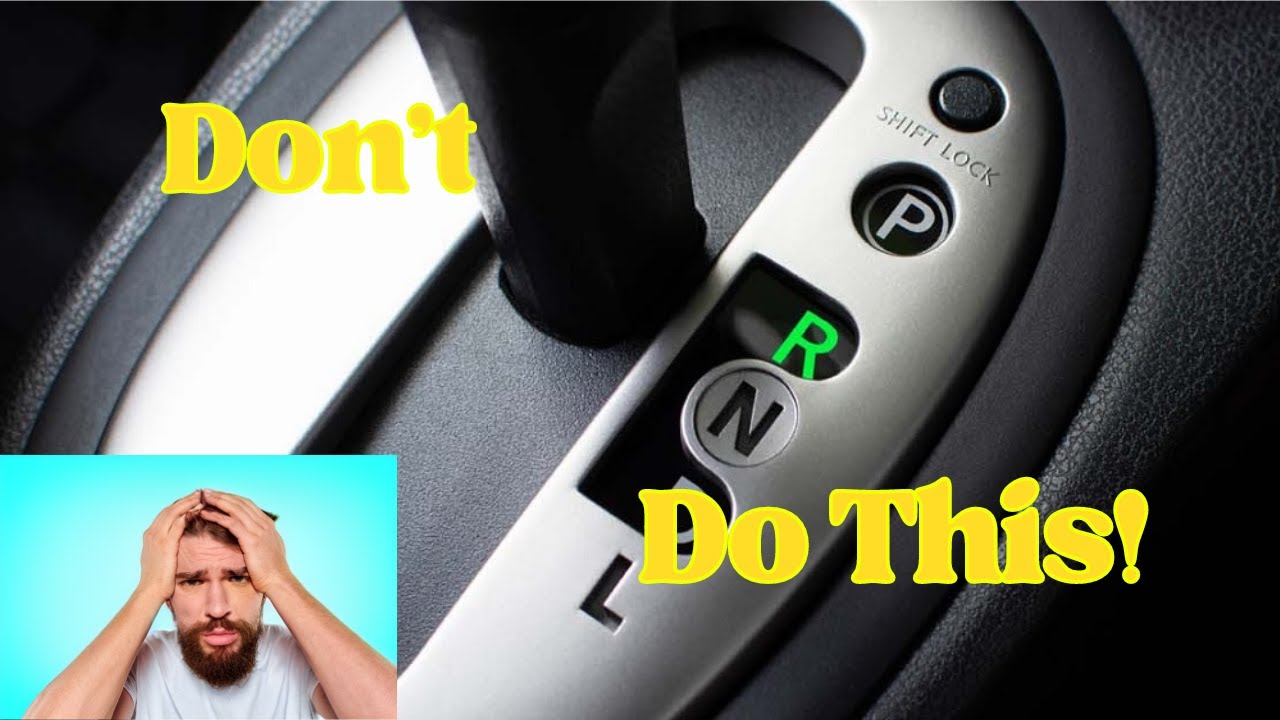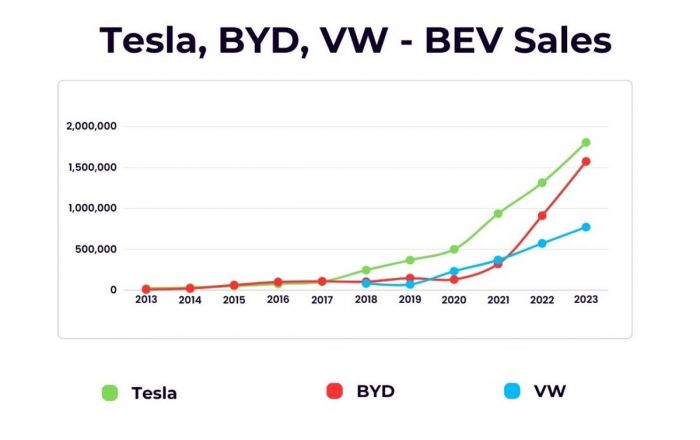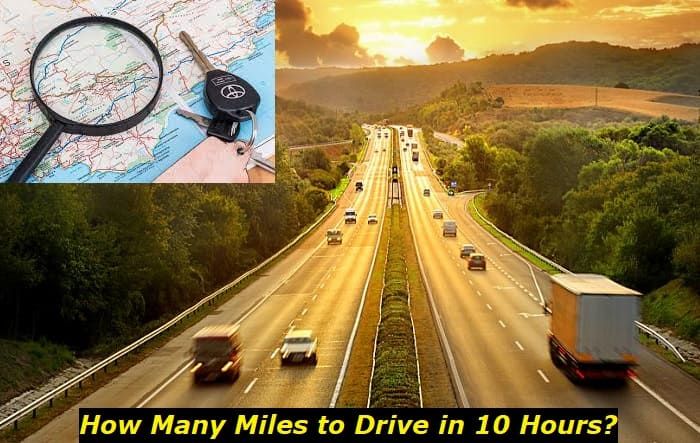Manufacturers always introduce driver assistance and safety systems to improve the driving experience. The Vehicle Stability Assist (VSA) is one such system. Honda's VSA enhances handling during acceleration, cornering, and braking.
The question of whether the VSA should be on or off depends on your driving conditions. If you're driving on clear roads, the VSA should always be on. However, you can turn off the VSA if you get stuck while driving on snowy or sandy roads.

Honda introduced their Vehicle Stability Assist (VSA) system in 1997. The system is available on all modern Honda and Acura models. Toyota's version of this electronic system is the Vehicle Stability Control (VSC).
In this article, I'll explain how the VSA system works and answer all your questions about the system.
How Does the VSA System Work?
To appreciate the VSA system, you have to understand how it works. The VSA system uses different types of sensors to monitor the car's behavior while driving. Once the system detects irregularities that can cause skidding, it applies the brakes and neutralizes the situation.
Some components of the VSA system include the relay box, VSA modulator-control unit, steering angle sensor, yaw rate-lateral acceleration sensor, data link connector, and more. Of course, the system also features sensors for each wheel.
When driving on slippery and wet roads, there's a tendency for the tires to slip and lose grip on the road. This phenomenon is known as skidding and it usually happens during acceleration, braking, and cornering.
When a car skids, it makes uncontrollable movements that can cause accidents. Here's where Honda's VSA system comes in handy. Once it detects instability in the wheels, the VSA system automatically reduces the throttle.
The system also applies brakes on the wheels to combat understeer (front-wheel skidding) and oversteer (rear-wheel skidding). This way, the VSA system serves as a safety system that prevents accidents.
Does Every Car Have the VSA System?
Every car doesn't have a VSA but all modern cars have a form of Electronic Stability Control (ESC). Before the 1980s, loss of traction and rollovers were common causes of accidents. Single-car collisions also made up a large percentage of road mishaps.
To remedy the problem, Bosch- an engineering firm, came up with the ESC. The system aimed to tackle stability issues and prevent skidding. Towards the end of the 1980s, BMW became the first auto manufacturer to implement the ESC.
Mercedes followed suit in 1995 and added ESC to their production vehicles. As the years went by, the system got more refined and sophisticated. Today, all modern cars have a form of the ESC.
In 2011, Canada made it mandatory for cars in the country to feature the ESC. The United States followed closely in 2012 and the European Union made the same decision in 2014.
Different manufacturers have developed their versions of the ESC. Honda and Acura models use the VSA system, Ford models use the Advance Trac system, and Toyota uses its Vehicle Stability Control (VSC) system.
Should VSA Be On or Off?
Firstly, the VSA is always on by default when you start your car. Even if you turned it off previously. That programming alone should tell you that it's an important feature and that the manufacturer intends for it to stay on.
However, Honda also made the "VSA off" switch available on the dashboard. What does this mean? While the VSA provides real-time safety for drivers, you have the option to turn it off. There are scenarios where it will be better to turn off the VSA system.
For instance, if you're struggling while driving on muddy and snowy roads, you can turn off the VSA. Turning off the VSA system will allow the wheels to move more freely. Once you're out of the situation, it's advisable to turn the VSA system back on.
Does Turning Off The VSA System Make Your Car Faster?
There's a lot of discourse about if turning the VSA off makes a car faster. Different drivers have different opinions on this particular question. Some drivers say turning off the VSA improves acceleration and performance but does it?
Well, I'll say that turning off the VSA doesn't exactly make your car faster. Of course, there's a difference but it's barely noticeable.
Most people base their claims on the fact that the VSA reduces power. Yes, the VSA system reduces power and throttle but only when it detects instability at the wheels.
How Do You Turn The VSA System Off?
In Honda models, you can find the "VSA off" switch under the left air vents. There's only one switch and you can use it to either turn on or turn off the VSA system.
To turn the VSA system off, you can follow the simple steps below:
- Firstly, locate the VSA switch or button on the dashboard.
- Then press down on the button until you hear a beep sound.
- The beep sound tells you that your VSA system is now off.
You can use the same steps above to turn on the VSA system.
What Does The VSA Light Mean?
The VSA light is quite different from the VSA light. While the VSA switch is simply a switch or button, the VSA light is an indicator. You can locate the VSA light on your dashboard and it has the shape of a triangle with an exclamation mark in the middle.
Whenever you turn off the VSA system, the VSA light comes on as a reminder. Apart from this reason, many other reasons can make the VSA light comes on. Most of these reasons are problematic.
In short, whenever the VSA light comes on, it means that there's something wrong with the VSA system. Out of the numerous problems, you have to figure out what is causing your VSA light to illuminate.
What Causes The VSA Light To Come On?
The VSA system comprises different important components and sensors. If any component fails, it can compromise the VSA system. Once there's a problem with the VSA system, the VSA light comes on to alert the driver.
Issues with car parts related to the VSA system can also trigger the VSA light. Some problems that cause the VSA light to come on include:
1) Incorrect Tire Sizes
Like every other manufacturer, Honda recommends a particular tire size for each model. Using the road tire size can affect the vehicle's handling and performance.
For Honda models, using incorrect tire sizes can cause traction problems and make the VSA light come on. Using different tire sizes can also trigger the VSA light.
2) Failing ABS Unit
The ABS and VSA systems are entirely different but they have similar ideas. One similarity between these two systems is that they prevent skidding. Just like the VSA system, ABS has different components.
While the VSA and ABS systems are different, they have some connections between them. As such, a failing ABS unit can cause the VSA light to come on. Some ABS components such as the ABS wheel speed ring, ABS control module, and ABS reluctor ring can trigger the VSA light if they're bad.
3) Faulty Steering Angle Sensor:
The steering angle sensor (SAS) is one of the major crucial sensors that work with the Electronic Stability Control (ESC). Usually, the steering angle sensor comprises multiple sensors.
The main role of the steering angle sensor involves sensing the movement of the steering and matching it with the car wheels. Due to their level of importance, steering angle sensors rarely get faulty.
However, in cases where the steering angle sensor gets bad, the car computer will use different warning lights to inform the driver. One warning light that comes on because of the steering angle sensor is the VSA light.
4) Low Tire Pressure
When a tire has low pressure, it means that its inflation is below the recommended level. The air in tires allows them to rotate with little to no resistance.
If there isn't enough air in a tire, the thread would start wearing. Also, the tire would lose its ability to grip the road as it moves. Low tire pressure is really dangerous and can easily lead to accidents.
For most passenger vehicles, the recommended tire pressure is between 32 PSI - 35 PSI. When the tire pressure gets too low, the Tire Pressure Monitoring System (TPMS) warning light comes on.
Apart from the TPMS, the VSA light also illuminates when the tire pressure is low.
Is It Safe To Drive With VSA Light On?
Without the VSA system, your car still has its normal braking and cornering abilities. The VSA system just serves as an extra safety feature. If the VSA light comes on, it simply indicates that there's something wrong with the VSA system.
That said, it is safe to drive with the VSA light on. However, it is advisable to take your car for a check once you notice the VSA light. You can also inspect the car yourself if you're capable.
The reason for this is that other important issues like low tire pressure can cause your VSA light to come on. Ignoring the VSA light can be fatal in such a case.
How To Fix VSA Light
Various issues can activate the VSA light. While you can still drive safely with the VSA light, I advise that you check out the issue. Most systems in cars are interconnected and ignoring a warning light will only cause bigger problems.
To fix the VSA light, you can follow these simple steps:
- Turn on your VSA switch if you previously turned it off.
- Inspect your tires and make sure the tire pressure is within the recommended range.
- Use a vehicle code scanner to scan and reset the error codes you get.
- Take the vehicle to a technician if none of the above steps work. The technician will make a diagnosis and replace any part or sensors that require replacement.
About the authors
The CarAraC research team is composed of seasoned auto mechanics and automotive industry professionals, including individuals with advanced degrees and certifications in their field. Our team members boast prestigious credentials, reflecting their extensive knowledge and skills. These qualifications include: IMI: Institute of the Motor Industry, ASE-Certified Master Automobile Technicians; Coventry University, Graduate of MA in Automotive Journalism; Politecnico di Torino, Italy, MS Automotive Engineering; Ss. Cyril and Methodius University in Skopje, Mechanical University in Skopje; TOC Automotive College; DHA Suffa University, Department of Mechanical Engineering






Add comment